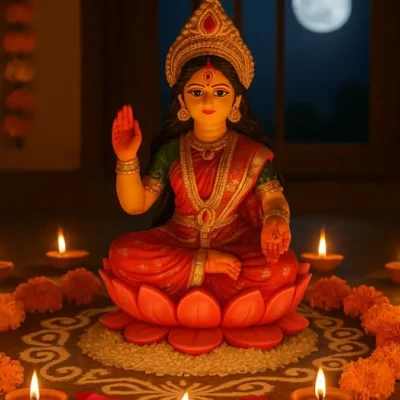Gwalior Chaturbhuj Temple – Madhya Pradesh

Address
Gwalior Chaturbhuj Temple – Madhya Pradesh
Gwalior Ghati, Gwalior Fort,
Gwalior District,
Madhya Pradesh 474008
Moolavar
Lord Vishnu
Introduction
The Chaturbhuj Temple in Gwalior, Madhya Pradesh, India, is indeed a remarkable religious and historical site dedicated to Lord Vishnu. This small temple, carved from a single solid rock and located inside the Gwalior Fort, is a true masterpiece of rock-cut architecture and artistry.
- Location within Gwalior Fort: The temple’s location inside the Gwalior Fort adds to its historical and architectural importance. Visitors exploring the fort complex can easily access the Chaturbhuj Temple.
- Pancharatha Architectural Style: The temple follows the Pancharatha architectural style, characterized by its five projections, which contribute to its unique and elegant design.
- Sanctum and Mukha Mandapa: The temple comprises a sanctum, where the principal deity Lord Vishnu is enshrined, and a four-pillared mukha mandapa (main entrance hall). The mukha mandapa’s pillars are adorned with intricate carvings depicting scenes from Krishna Leela, showcasing the temple’s artistic richness.
- Historical Inscriptions: An inscription on one of the pillars in the mukha mandapa dates back to the reign of the Pratihara ruler, Mihir Bhoja Deva, providing historical context to the temple’s construction.
- Carved Pillars: The pillars of the mukha mandapa feature reliefs illustrating various themes and stories, including individuals meditating in yoga asana positions and amorous couples, reflecting the diversity of artistic elements within the temple.
- Depictions of Divine Figures: Inside the temple, you’ll find wall reliefs of Lord Vishnu in his Varaha and Trivikrama incarnations, as well as the goddess Lakshmi. These divine figures contribute to the temple’s name, “Chaturbhuj,” which signifies the presence of these deities.
- Shikhara in North Indian Nagara Style: The temple’s Shikhara (tower) follows the North Indian Nagara architectural style, characterized by a gradual curve and a square plan. It is entirely carved out of the monolithic rock.
- External Sculptures: The external walls of the temple feature sculptures of Varaha, Vishnu, and Trivikrama in bhadra niches. Additionally, carvings of Ganesha, Parvati, Karthikeya, and six of the eight Ashtadikpalakas (guardians of the eight directions) can be found at their respective positions around the temple.
- Depictions of Vishnu’s Incarnations: Various incarnations of Lord Vishnu are portrayed on the temple’s walls and pillars, emphasizing its dedication to Lord Vishnu and the rich mythological narratives associated with the deity.
Century/Period
876.A.D.
Managed By
Archaeological Survey of India (ASI)
Nearest Bus Station
Gwalior
Nearest Railway Station
Gwalior
Nearest Airport
Gwalior Station









